Is Virtual Reality a Good Fit for Your Blended Learning Curriculum?
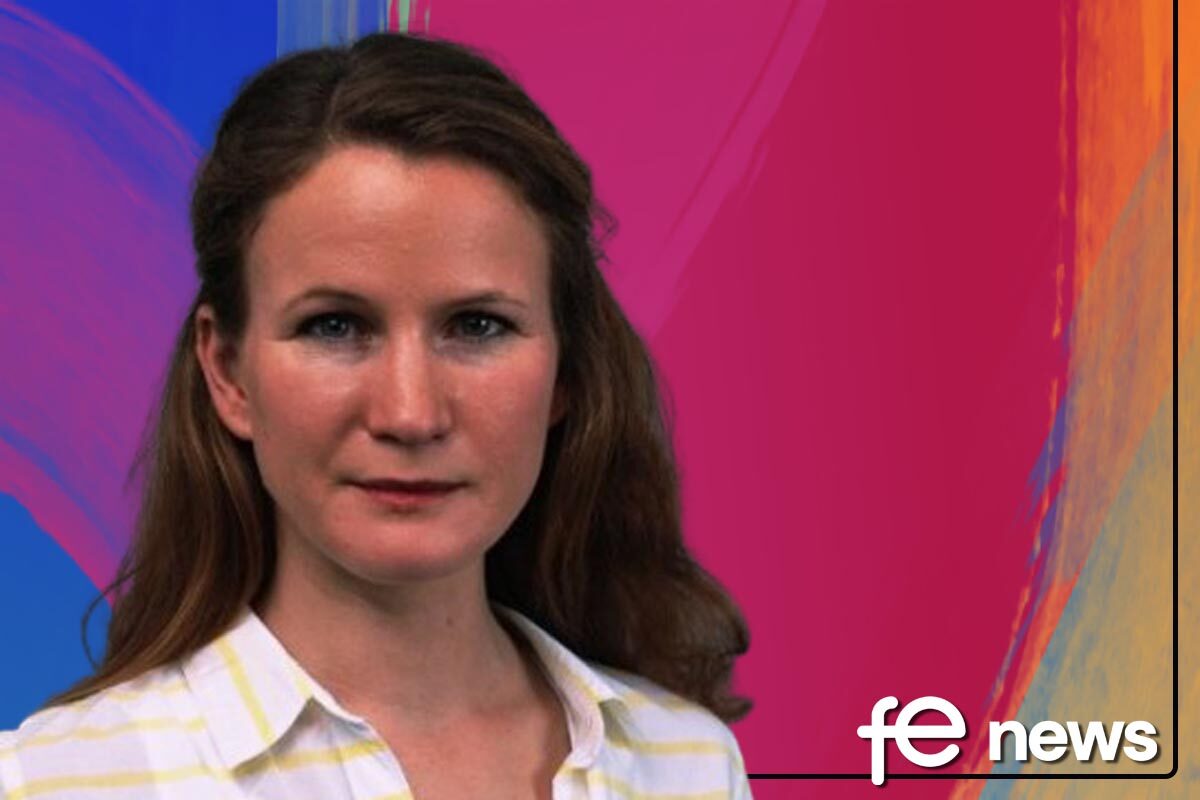
Blended learning models are shaping the future of education, but how can technology best serve teachers and students in achieving their goals?
Ruth Hill, Head of Learning Design at Bodyswaps, looks at four common challenges that ed-tech could help educational institutions to address in 2022 and asks – is virtual reality the right tool for the job?
Welcome to the new normal
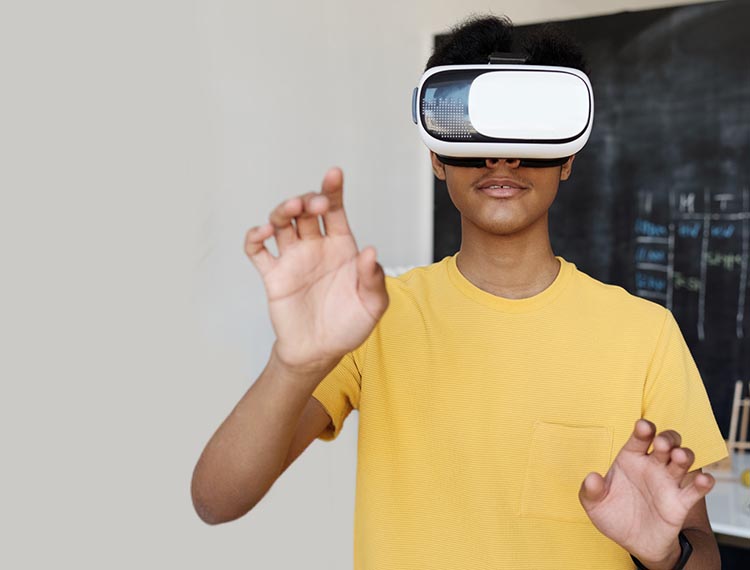
While many colleges and universities had hoped to revert to their pre-pandemic state by autumn 2022, the emergence of Omicron towards the end of last year means that Covid-19 has now moved on to a new, even higher, wave of infections. It looks increasingly unlikely that education will ever return to the old normal, but a hybrid new normal could prove to be a positive step both for students and their teachers.
Rather than being an emergency stopgap to get us through the pandemic, educational technology has an important role in shaping the future of education.
Even before Covid-19 struck, many colleges and universities were already moving towards offering blended learning solutions that mix face-to-face teaching with digital resources.
If anything, teaching during lockdown has helped confirm the potential value of this blended approach. In a major 2021 student survey, more than half of students reported that they missed face-to-face interaction and prioritised a return to in-person instruction, but they also recognised the advantages of a shift towards digital learning. The most popular structure moving forwards was for a combination of in-person and online delivery.
In theory, blended learning promises to revolutionise mass teaching methods with more flexible access, enhanced and more engaging learning experiences, support for independent and self-regulated learning (so that teachers are better able to allocate time for one-to-one teaching for those that most need it), improved student motivation… the list goes on.
In practice, however, many institutions don’t yet fully understand the potential of the wide – and ever-growing – range of educational technologies available. How are educators to decide which will enhance the blend and bring the most benefits for both teachers and students?
For the past 18 months, I’ve been working with one such technology that is creating a buzz throughout the world for its potential to transform teaching and learning – virtual reality. Despite its cutting-edge, futuristic appeal, VR is rapidly becoming an accessible and valued teaching tool of the present day. Bodyswaps’ soft skills simulations, for example, are currently being deployed to great effect at several forward-looking colleges and universities across the UK, Europe and North America. So how do you know if virtual reality will enhance your own blended learning curriculum? The answer depends very much on your goals.
This article explores four of the challenges that ed-tech could help educational institutions to address in the new normal and asks – is virtual reality the right tool for the job?
Goal #1 – Make lectures more efficient
Over the past couple of years, teachers have become experts in using video conferencing tools. Many embrace the greater flexibility and efficiency that online lectures can provide and are starting to explore how virtual meeting spaces like Mozilla Hubs can provide more connected learning experiences.
While these platforms are ideal for synchronous remote collaboration between teachers and groups of students, transferring traditional ‘chalk and talk’ teaching into the virtual digital sphere completely misses the point of what the technology can do in terms of promoting higher student engagement, increased retention of learned concepts and improved positive experience.
Lectures are perhaps not the best use of virtual reality because time spent in these environments is intense. It can be very difficult to maintain attention on these kinds of passive learning activities and it can be uncomfortable for learners to read more than a few lines of text. What’s more, it’s practically impossible to take notes while wearing a VR headset.
As the OfS Digital Teaching and Learning Review cautions, “There needs to be a focus on how students learn. Instead of blunt attempts to replicate in-person settings, learning outcomes should drive how technology is used.”
Virtual reality is an active medium best suited to skill-based, behavioural development, so if your goal is to deliver information, then lectures, presentations, e-learning, and video are often cheaper – and better suited – to the purpose.
Goal #2 – Improve remote access
One of the biggest drivers for a blended learning curriculum is its ability to support students learning at a distance. However, where virtual reality is concerned, access to the appropriate hardware may prove to be a limitation.
Virtual reality headsets are becoming increasingly affordable, meaning more and more people now own one for personal use. Meta’s Oculus app hit the top of the chart on Christmas day 2021 for Europe’s most downloaded application from Apple’s App Store. But there is a very real danger that reliance on personal access to a headset could exacerbate the digital divide between those who can afford the hardware – and know how to use it – and those who cannot.
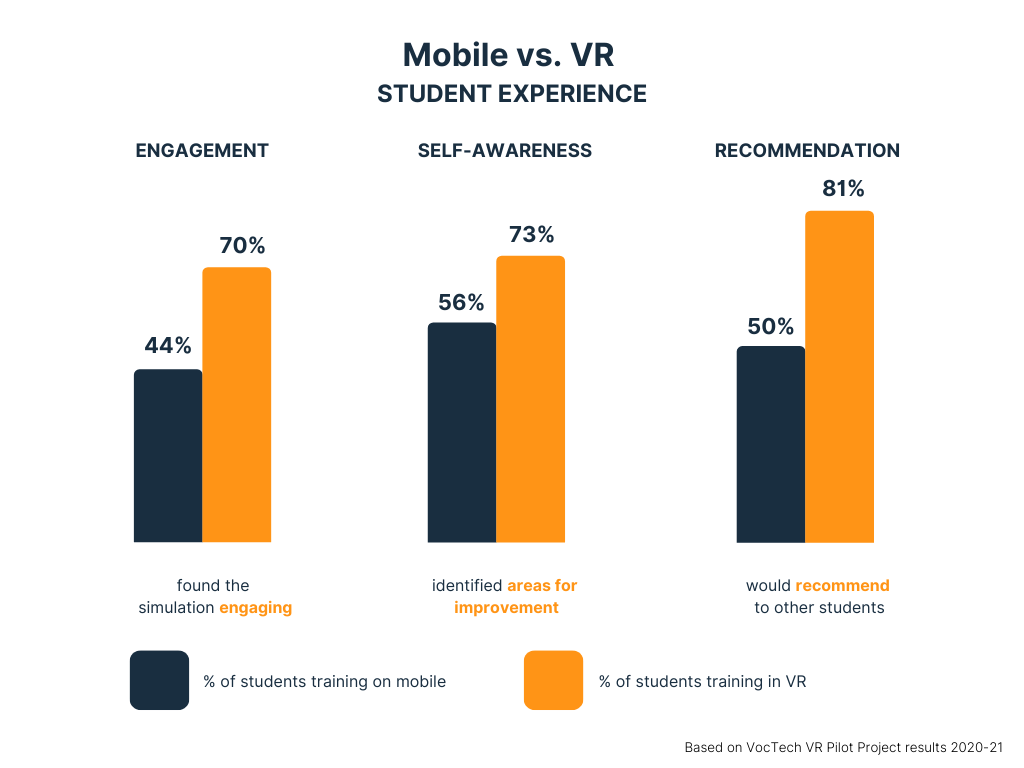
Many VR software suppliers do offer smartphone and desktop versions of their simulations, but in our own studies, we found that students who completed the simulations using VR headsets provided on-location in their colleges experienced superior outcomes to those who used other devices.
If your goal is to improve remote access to learning, virtual reality may not be the solution.
Goal #3 – Build and practise behaviours and skills
Virtual reality is ideal for giving learners access to skill-based and behavioural learning opportunities – especially for situations and environments that are dangerous or difficult to replicate in real life.
At Bodyswaps, for example, we are working with colleges and universities to develop virtual reality simulations designed to help students develop, practise and improve soft skills that will help them to navigate challenges in personal and professional life.
VR can replicate almost any scenario to create challenging, realistic simulations of difficult situations where your learners might struggle to know how to react and then coach them through strategies, techniques and behaviours they can apply in real life.
This could relate to professional experiences like giving a presentation, answering interview questions or even explore complex objectives like empathy-building around issues of bias, discrimination and privilege or responding to racial microaggressions.
More than any other medium, virtual reality creates a psychologically safe space in which to practise responding to difficult situations, so that it feels much less daunting and unfamiliar when the need to act arises in real life.
If your goal is to build scalable learner-centric, performance-focused experiences that challenge students to think differently and achieve real behavioural goals, virtual reality is an immensely valuable addition to your blend.
Goal #4 – Transforming education
Nothing says ‘cutting edge innovator’ quite like virtual reality. So for educational institutions that have built their reputation on state-of-the-art facilities and preparing students for technology-focused careers, VR seems like a no-brainer. But universities teaching non-technical disciplines also stand to benefit.
Adding VR simulations with AI analytics and personalised coaching to the blend could be the key to moving away from the ‘one-size fits all’ methods common in the current education system. As University of Buckingham Vice-Chancellor Sir Anthony Seldon explains, whether it’s a class of 30 children or a lecture hall of 120 medical students, present methods of teaching at scale force students to make progress at a set rate that is only really ideal for a small portion of the cohort.
Virtual reality simulations incorporate AI to analyse learners’ performance in order to give personalised feedback that helps students to fine tune and practise their skills in a safe environment before they are called upon to apply them in the real world.
This, I believe, is the gateway to the ‘Fourth Education Revolution’, promoted by Seldon and predicted by Learning Technologies Conference Chair Donald H Taylor who says “artificial intelligence is underpinning a massive transformation of the learning experience, driving deep personalisation and smarter adaptive learning.”
If your goal is to deliver future-fit, scalable, personalised education, VR simulations will definitely enhance your blend.
Conclusion
Blended learning looks set to become the new norm in mass education. But if we are to enhance the quality of learning in ways beyond just the delivery of information, we can’t just bolt digital learning resources onto existing teaching materials.
Institutions need a proactive and strategic approach to blended learning design that selects expertly crafted and curated digital resources on the basis of their ability to support specific learning outcomes.
Virtual reality simulations are a powerful addition to blended learning curricula for delivering scalable learner-centric, performance-focused experiences that challenge students to think differently and achieve real behavioural goals. But VR is not a panacea for all purposes.
The primary question when deciding whether to add VR to your blend is ‘what problem can this technology solve for my learners that other digital solutions cannot?’ While this is largely uncharted territory for many, collaboration with VR professionals can help build successful student outcomes – provided we maintain a laser focus on the goals – to ensure that we always promote the best solution to a specific need.



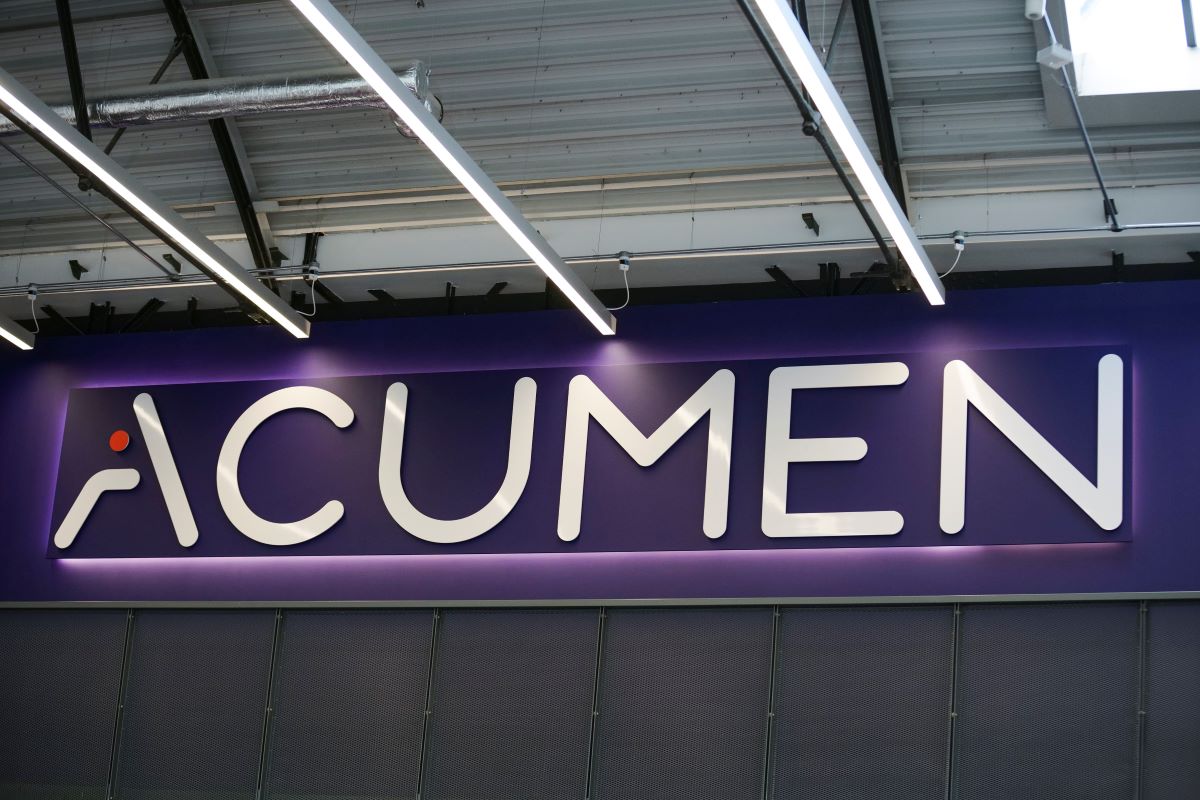
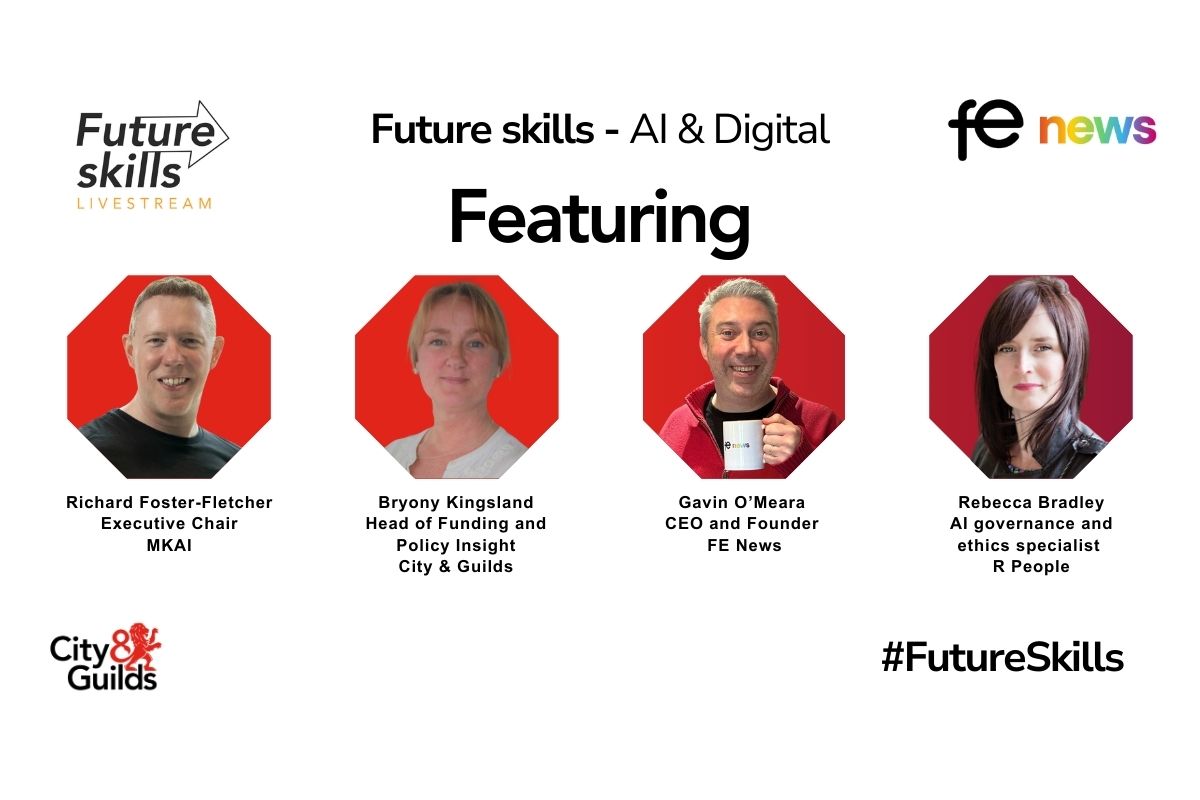



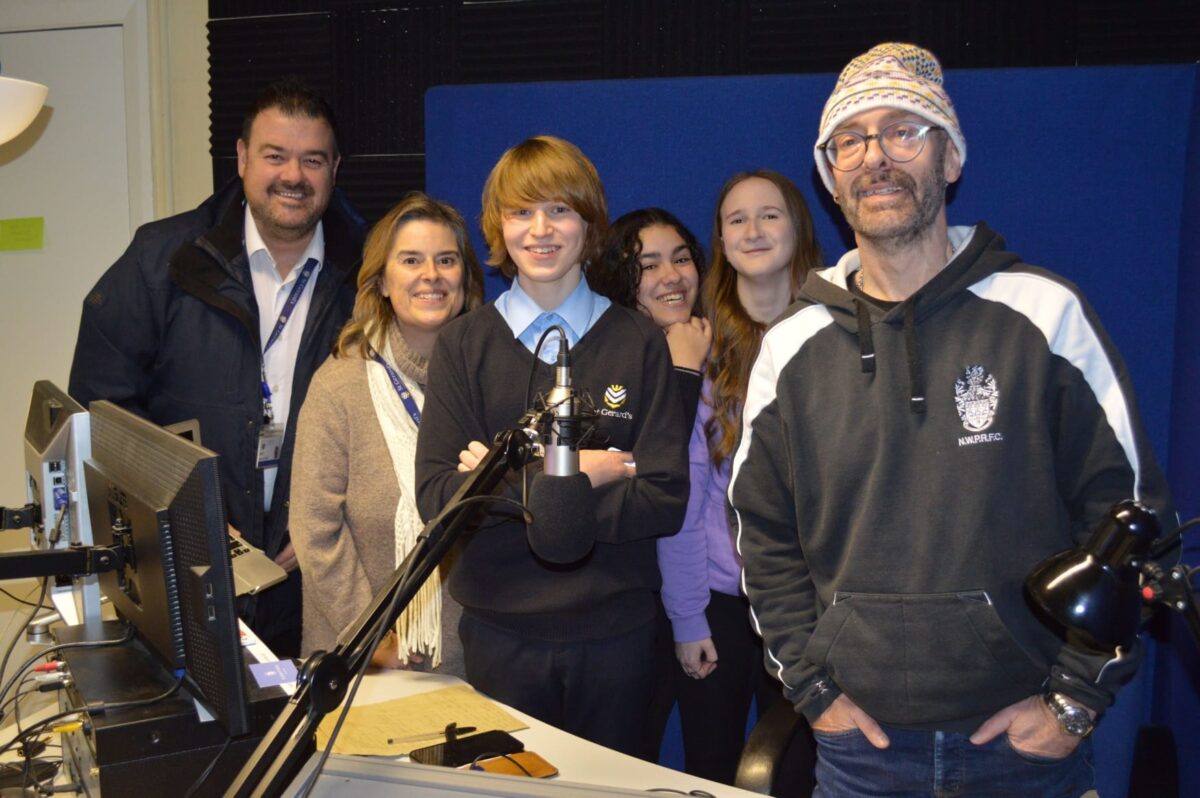
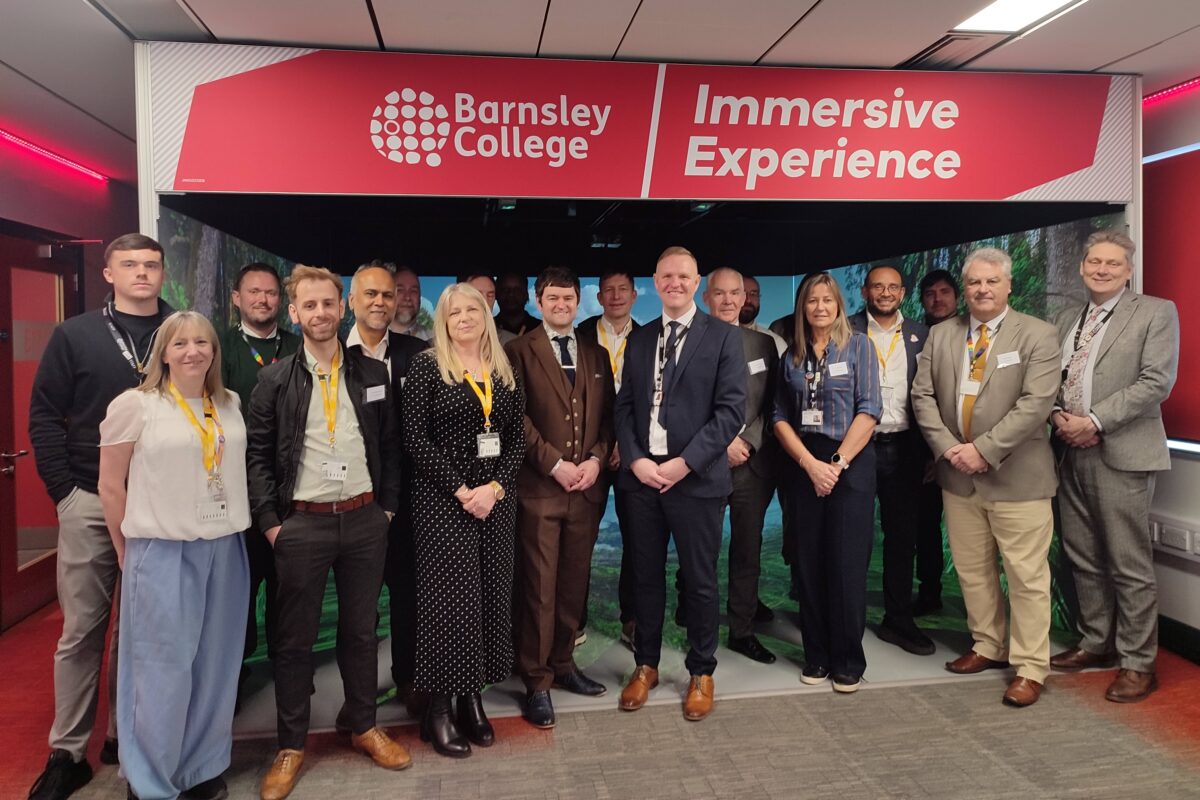
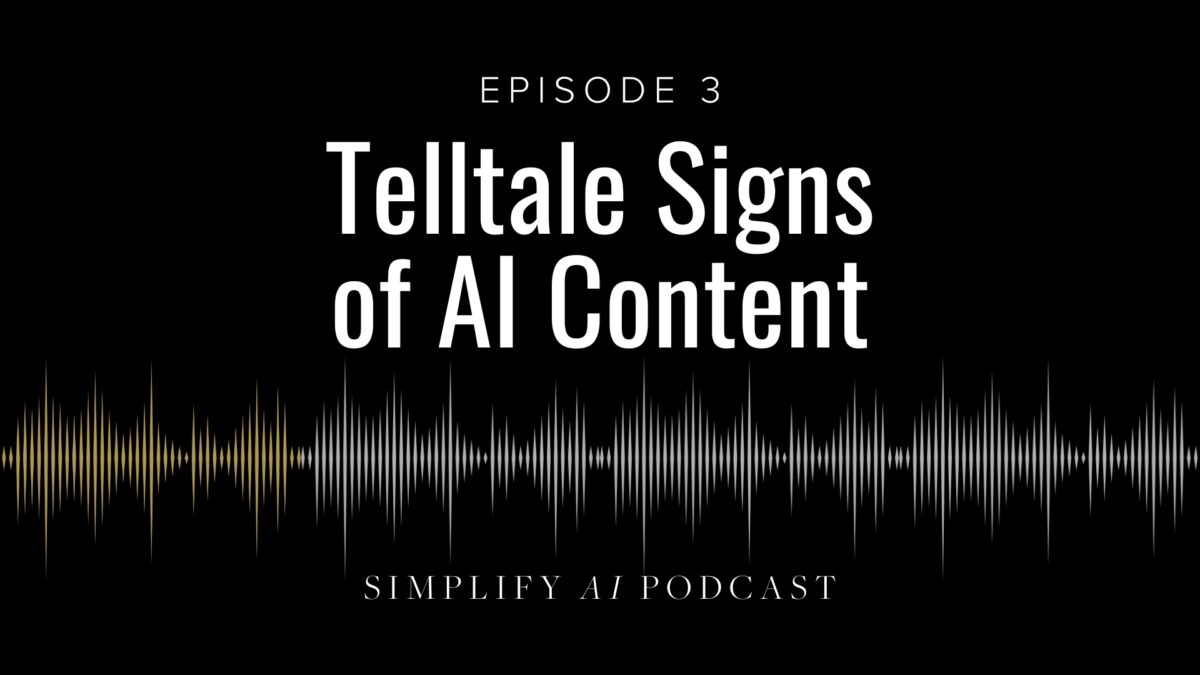
Responses